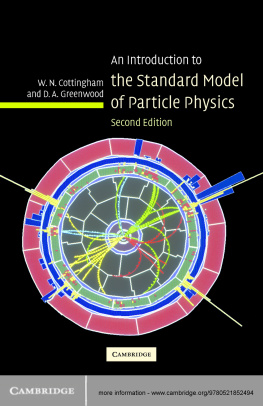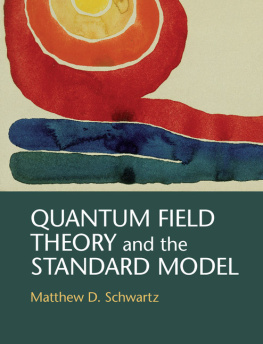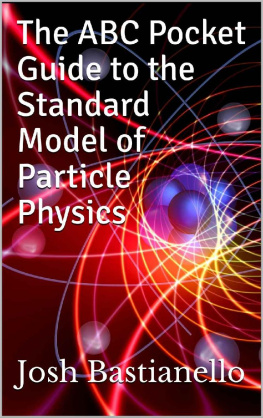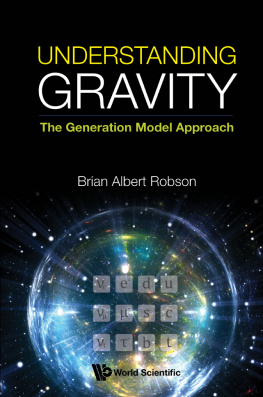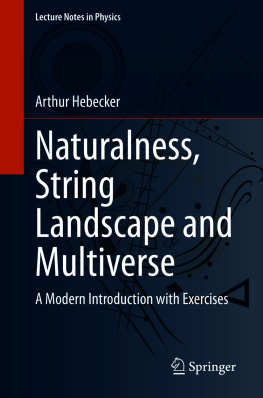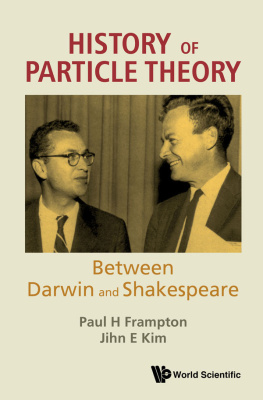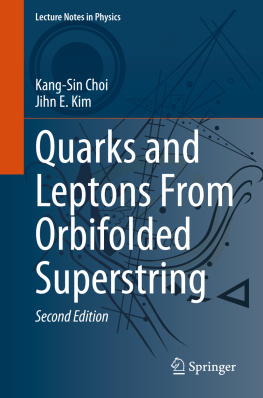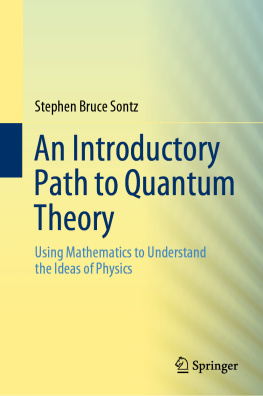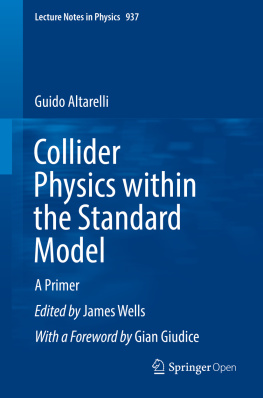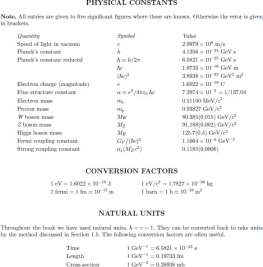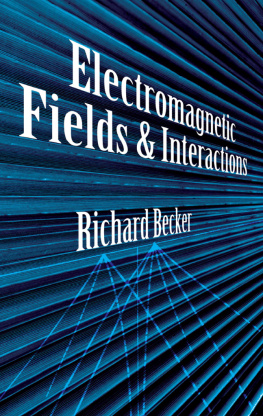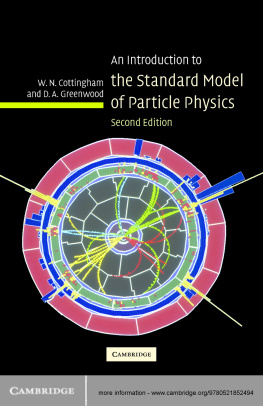Greenwood D. A. - An Introduction to the Standard Model of Particle Physics
Here you can read online Greenwood D. A. - An Introduction to the Standard Model of Particle Physics full text of the book (entire story) in english for free. Download pdf and epub, get meaning, cover and reviews about this ebook. City: Beijing, year: 2010;2013, publisher: Cambridge University Press;World Publishing Corporation, genre: Children. Description of the work, (preface) as well as reviews are available. Best literature library LitArk.com created for fans of good reading and offers a wide selection of genres:
Romance novel
Science fiction
Adventure
Detective
Science
History
Home and family
Prose
Art
Politics
Computer
Non-fiction
Religion
Business
Children
Humor
Choose a favorite category and find really read worthwhile books. Enjoy immersion in the world of imagination, feel the emotions of the characters or learn something new for yourself, make an fascinating discovery.
- Book:An Introduction to the Standard Model of Particle Physics
- Author:
- Publisher:Cambridge University Press;World Publishing Corporation
- Genre:
- Year:2010;2013
- City:Beijing
- Rating:4 / 5
- Favourites:Add to favourites
- Your mark:
An Introduction to the Standard Model of Particle Physics: summary, description and annotation
We offer to read an annotation, description, summary or preface (depends on what the author of the book "An Introduction to the Standard Model of Particle Physics" wrote himself). If you haven't found the necessary information about the book — write in the comments, we will try to find it.
The new edition of this introductory graduate textbook provides a concise but accessible introduction to the Standard Model. It has been updated to account for the successes of the theory of strong interactions, and the observations on matter-antimatter asymmetry. It has become clear that neutrinos are not mass-less, and this book gives a coherent presentation of the phenomena and the theory that describes them. It includes an account of progress in the theory of strong interactions and of advances in neutrino physics. The book clearly develops the theoretical concepts from the electromagnetic and weak interactions of leptons and quarks to the strong interactions of quarks. Each chapter ends with problems, and hints to selected problems are provided at the end of the book. The mathematical treatments are suitable for graduates in physics, and more sophisticated mathematical ideas are developed in the text and appendices.
Greenwood D. A.: author's other books
Who wrote An Introduction to the Standard Model of Particle Physics? Find out the surname, the name of the author of the book and a list of all author's works by series.

